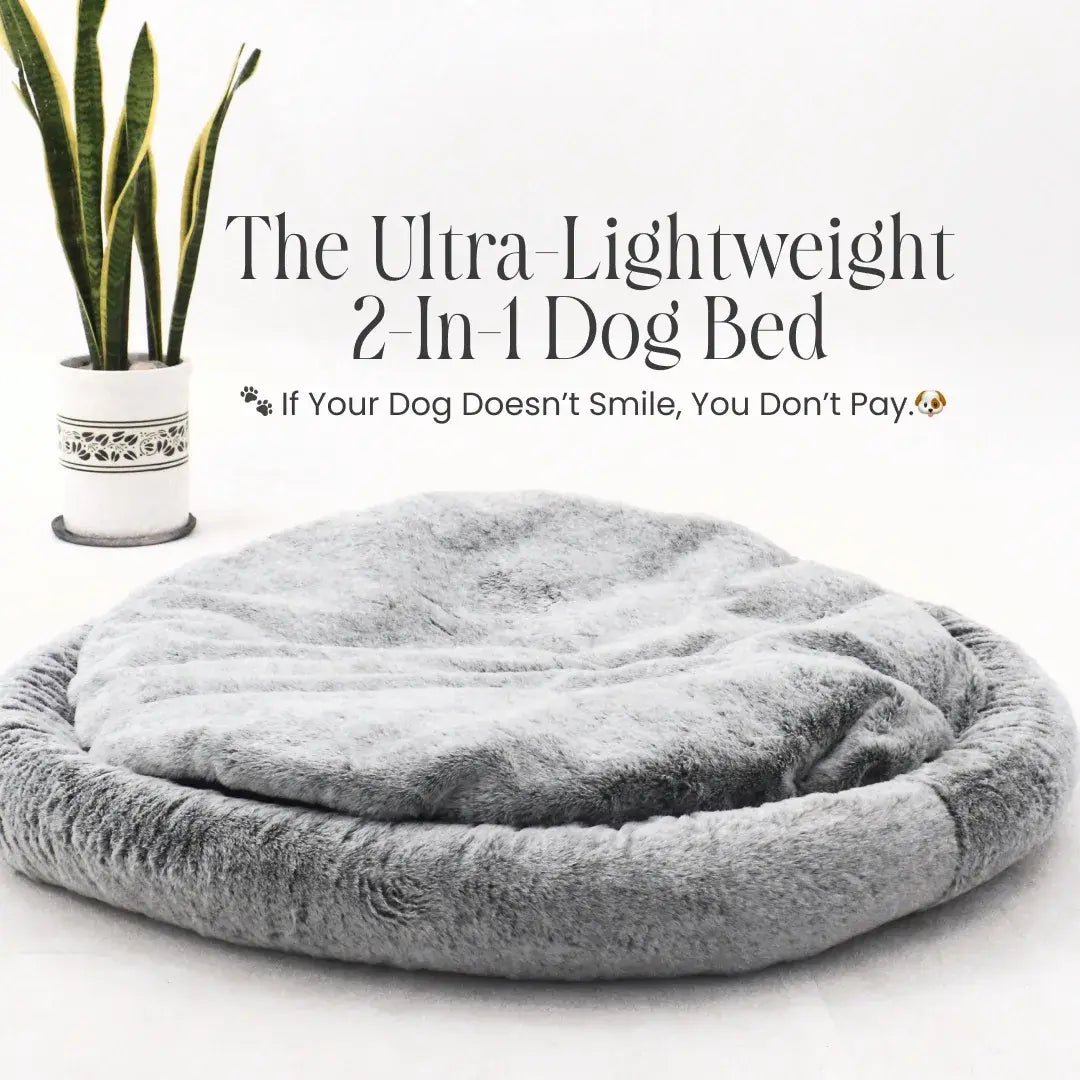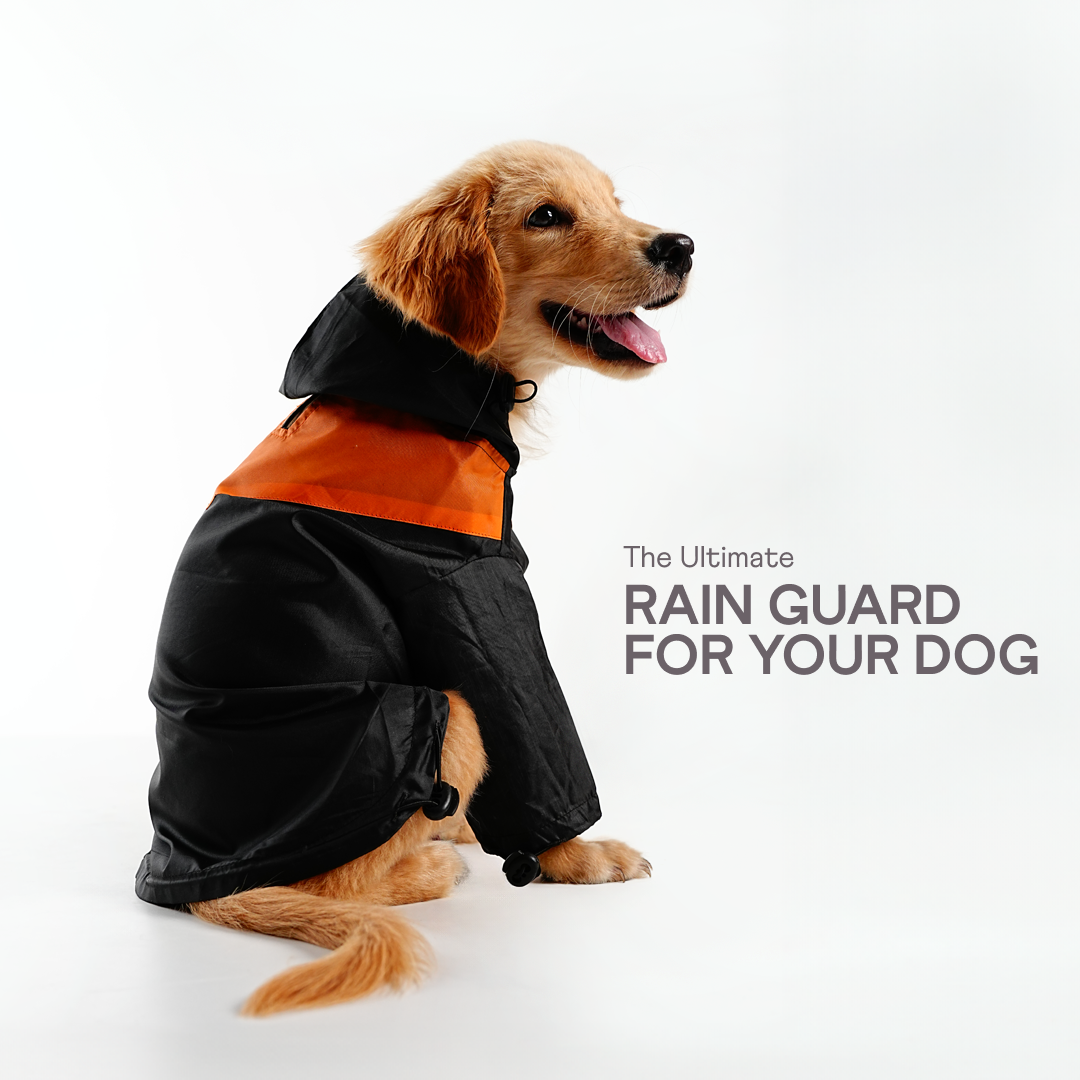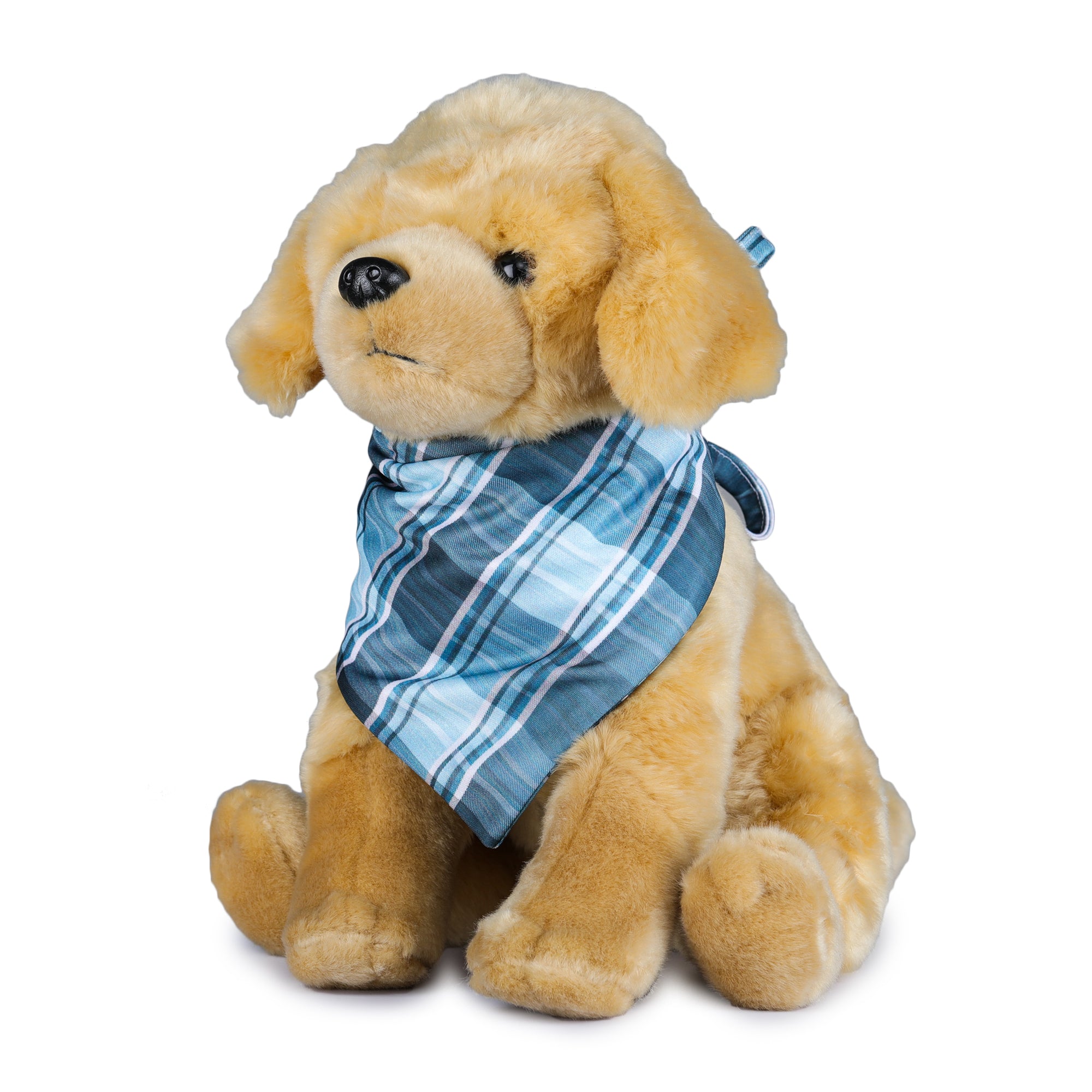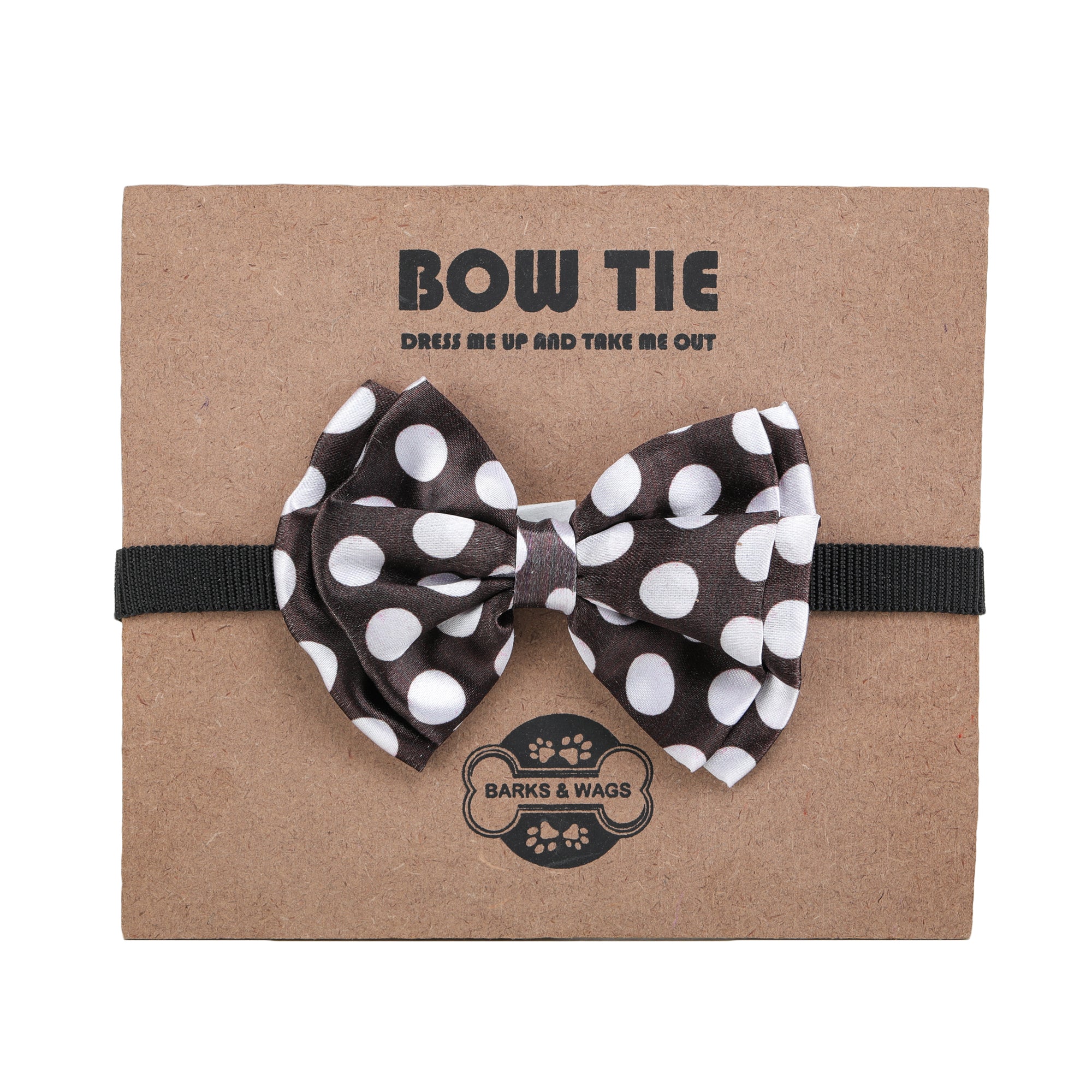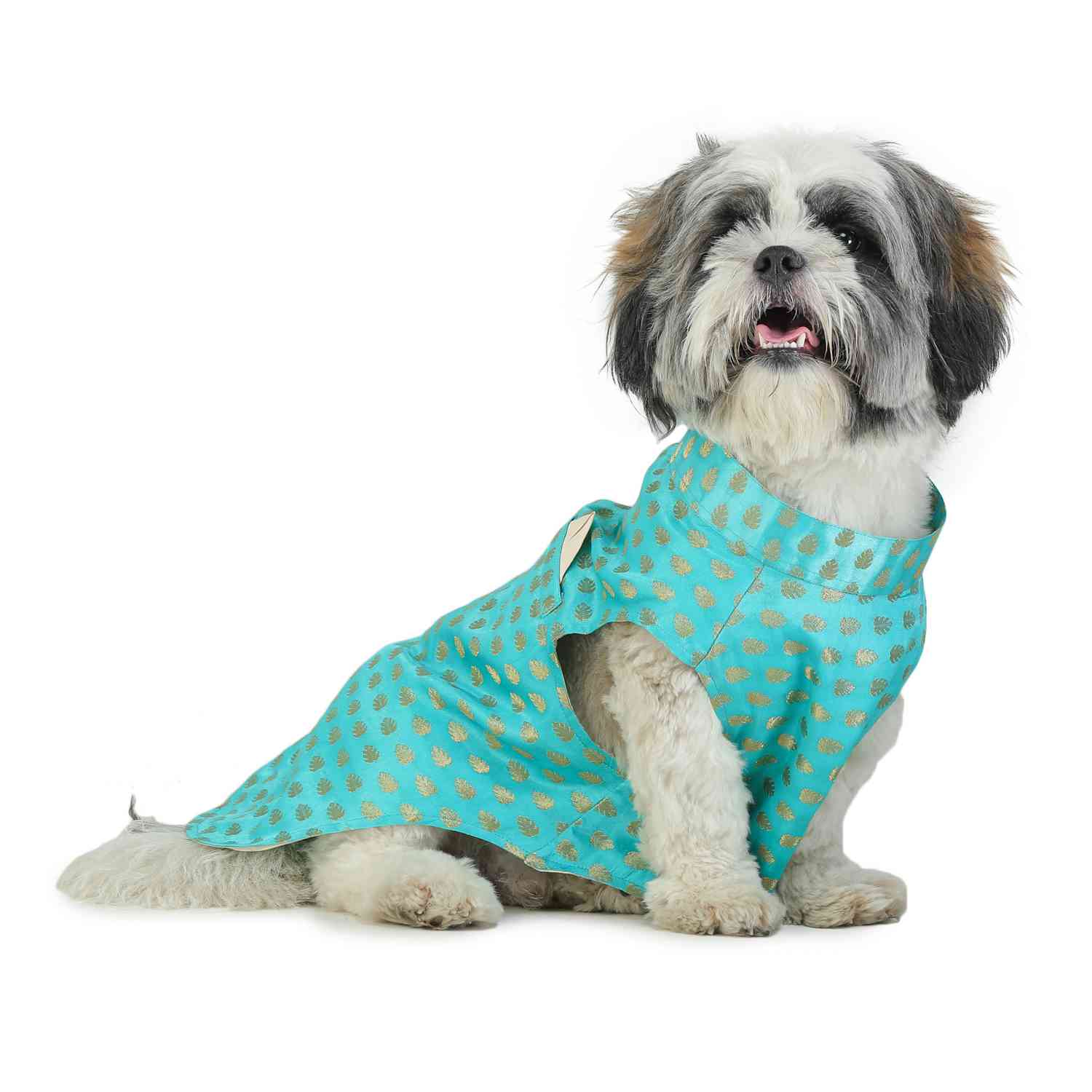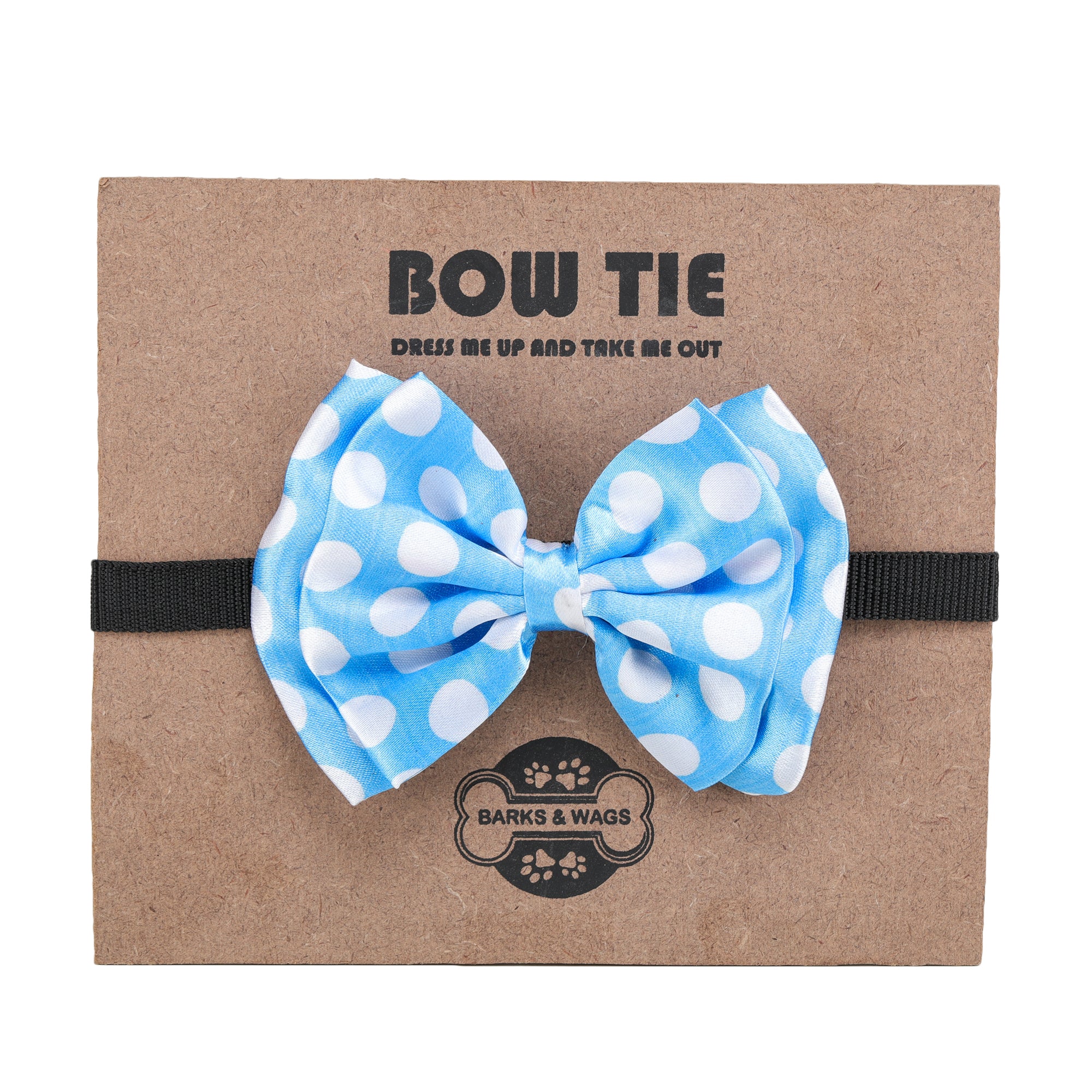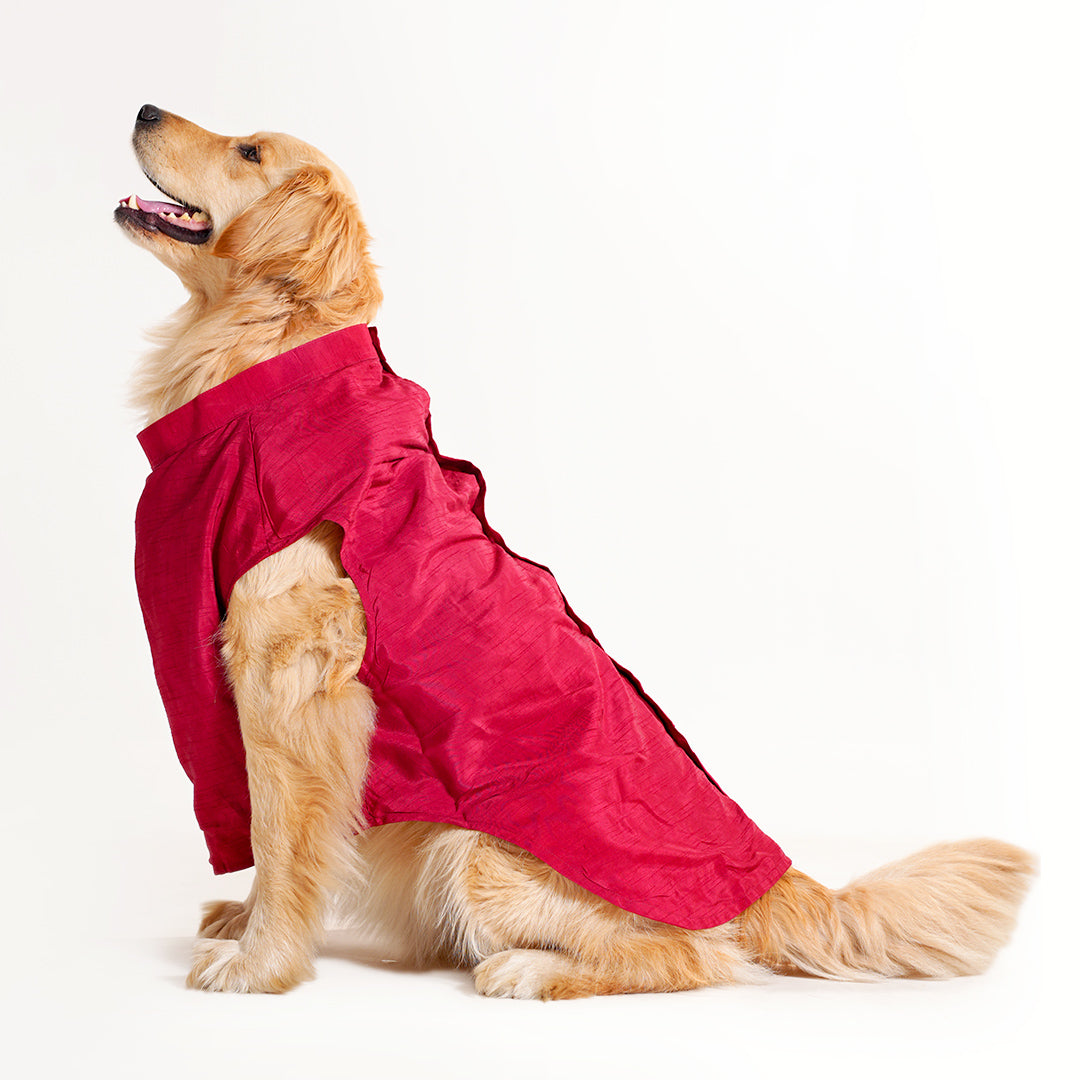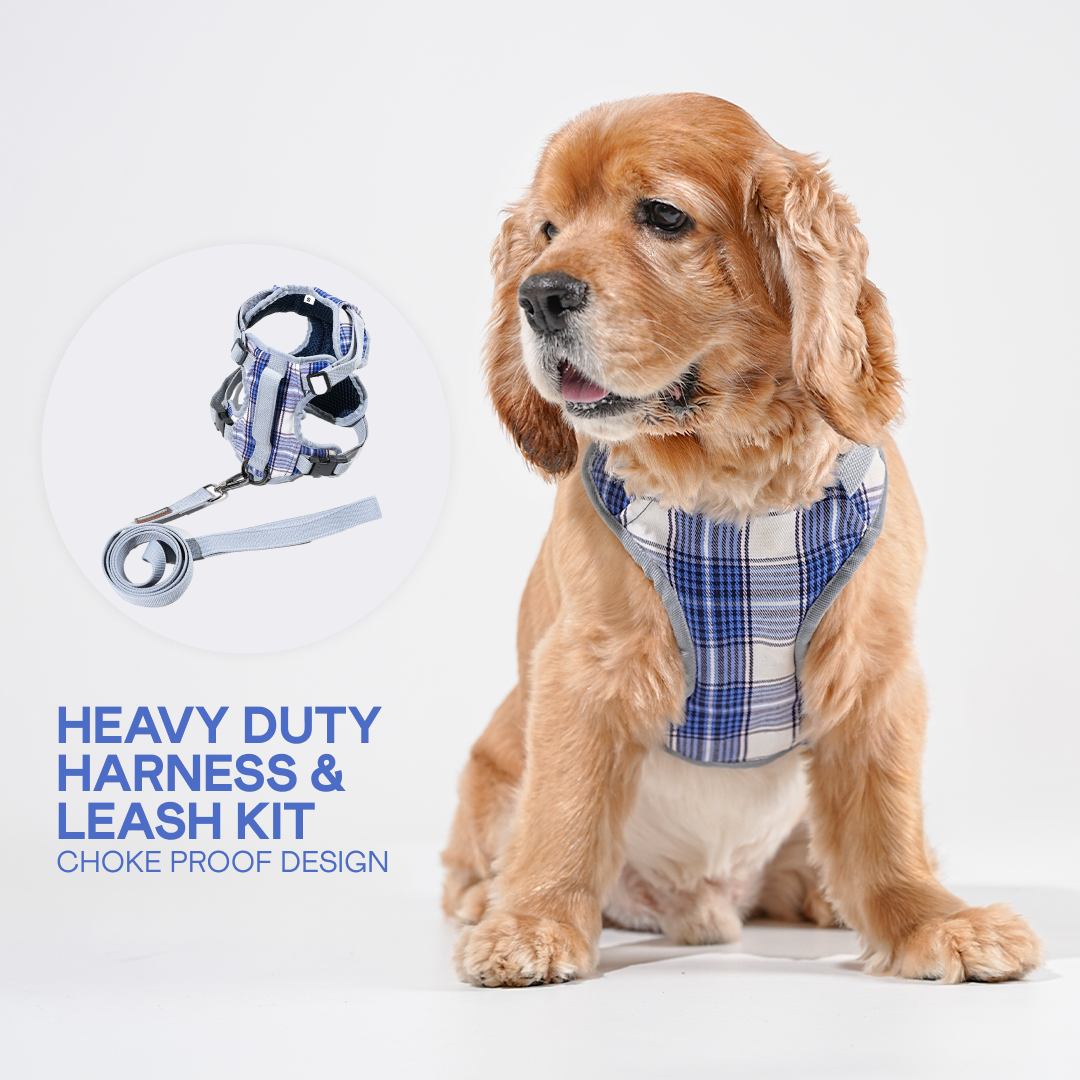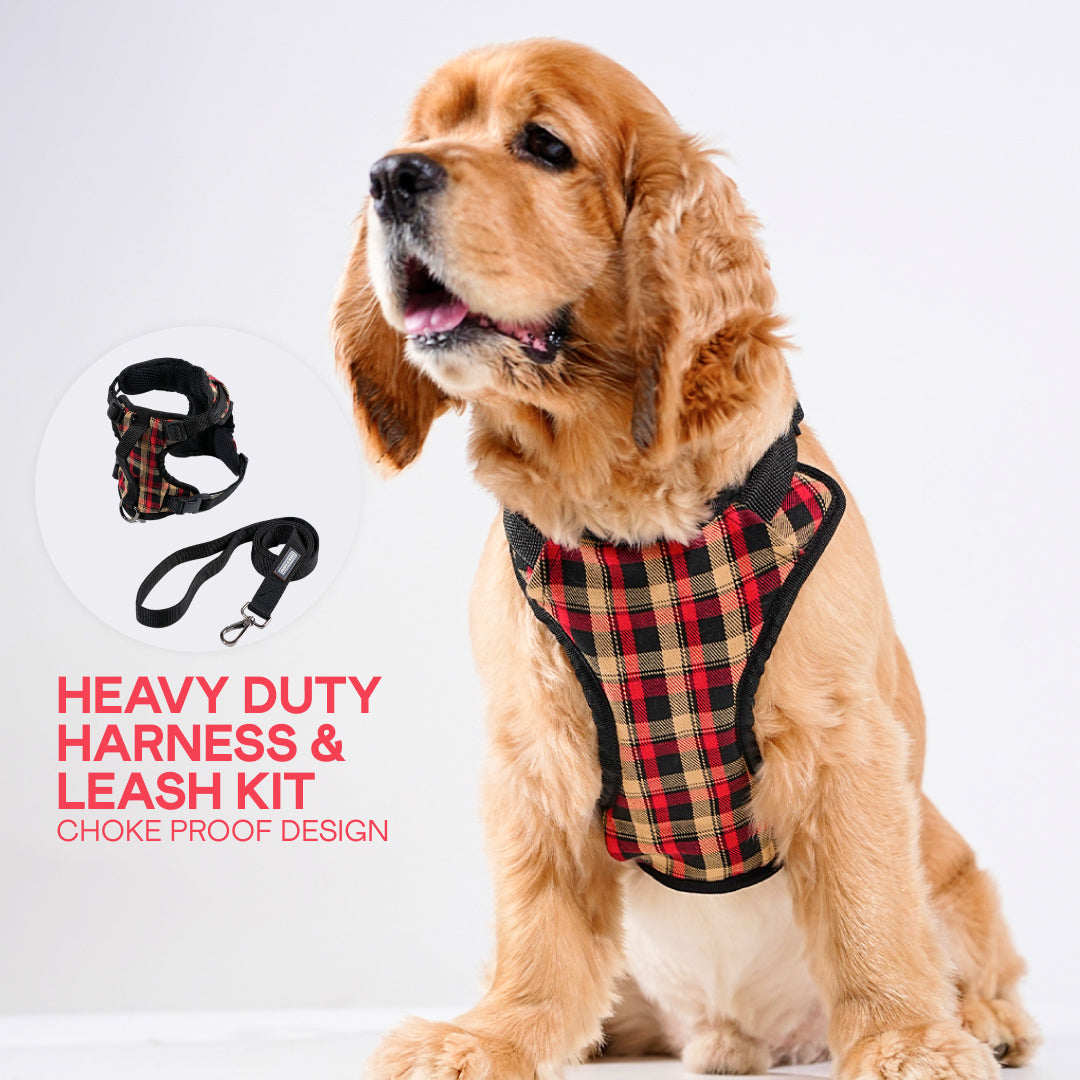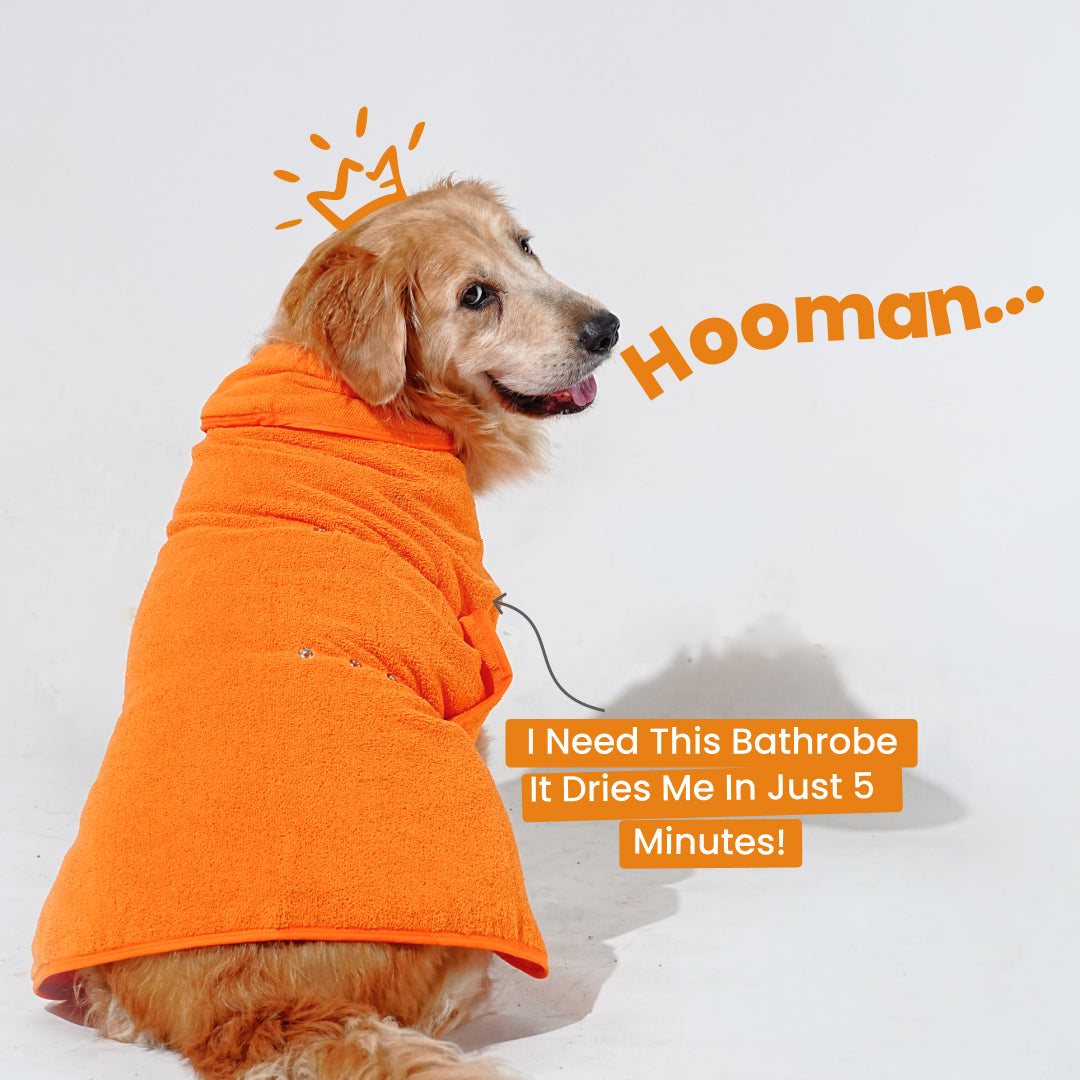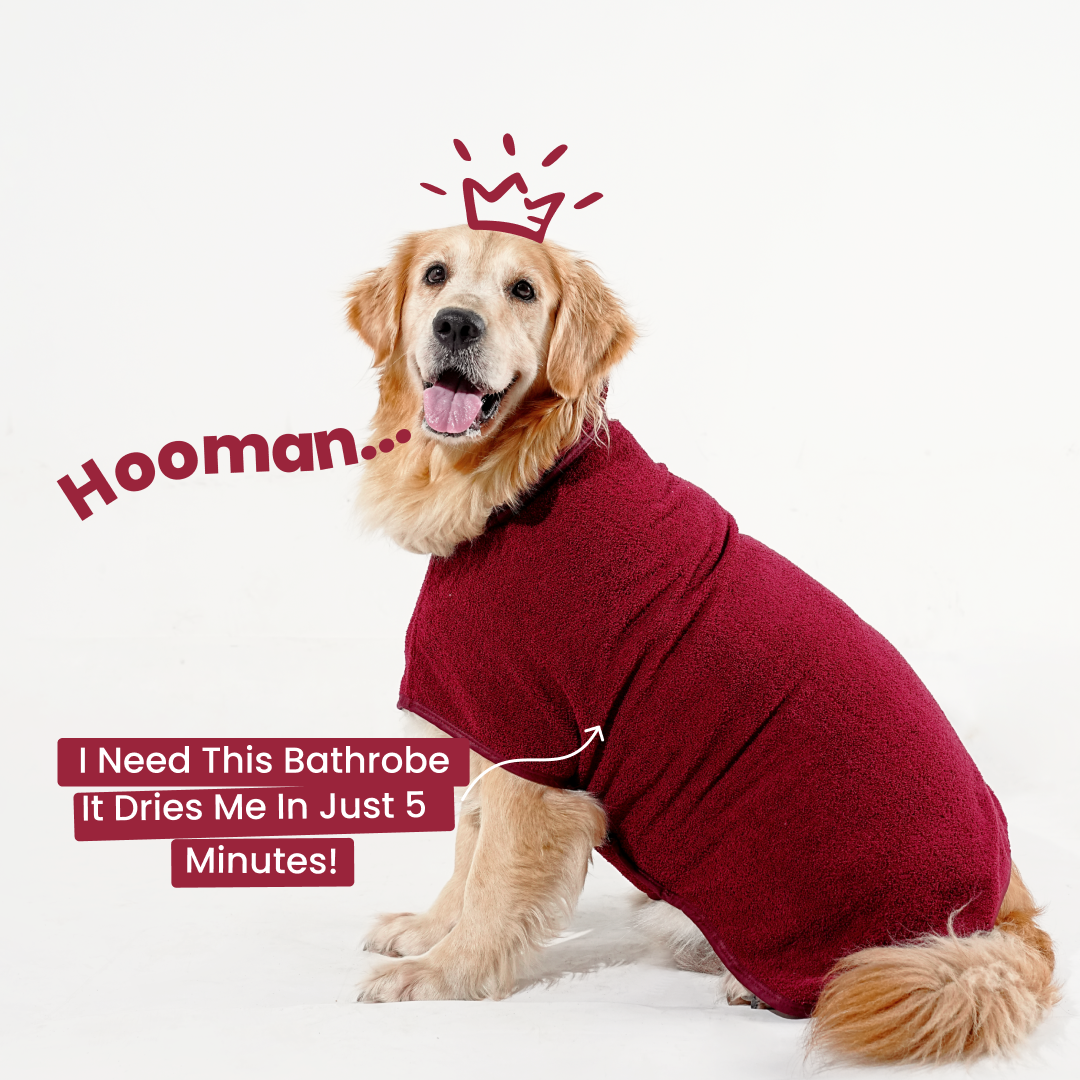A dog harness is an essential tool for safe and comfortable walks, but choosing the wrong one can lead to discomfort, poor control, and even potential injuries. Many pet owners unknowingly make pet harness buying mistakes that affect their dog’s well-being and walking experience.
To help you make the best choice, here are the five most common mistakes dog owners make when choosing a harness—and how to avoid them.

1. Choosing the Wrong Size
One of the biggest pet harness buying mistakes is selecting the wrong size. A harness that is too tight can cause chafing, discomfort, and restricted movement, while one that is too loose increases the risk of escape.
How to avoid this mistake:
✔ Measure your dog’s chest and neck accurately before purchasing.
✔ Choose an adjustable harness to ensure a snug yet comfortable fit.
✔ Check for proper weight recommendations on the size chart.
✔ Measure your dog’s chest and neck accurately before purchasing.
✔ Choose an adjustable harness to ensure a snug yet comfortable fit.
✔ Check for proper weight recommendations on the size chart.
A best dog harness should fit securely but still allow your dog to move freely without excessive pressure.

2. Ignoring the Harness Type & Design
Not all harnesses are created equal. Some are designed for training and control, while others focus on comfort and daily wear. Picking the wrong type can impact your dog’s safety and comfort.
How to avoid this mistake:
✔ For strong pullers, opt for a no-choke harness guide with a front-clip attachment to discourage pulling.
✔ If your dog has sensitive skin, look for padded straps and breathable materials.
✔ For outdoor adventures, a heavy-duty harness with a back-clip ensures maximum durability.
✔ For strong pullers, opt for a no-choke harness guide with a front-clip attachment to discourage pulling.
✔ If your dog has sensitive skin, look for padded straps and breathable materials.
✔ For outdoor adventures, a heavy-duty harness with a back-clip ensures maximum durability.

3. Overlooking the Safety Features
A dog leash and harness safety setup is crucial, especially for active or escape-prone dogs. Many pet owners make the mistake of choosing a harness that lacks secure buckles, reflective strips, or reinforced stitching, increasing the risk of accidents.
How to avoid this mistake:
✔ Choose a harness with strong, adjustable buckles for a secure fit.
✔ If you walk your dog at night, opt for a harness with reflective strips for visibility.
✔ Look for reinforced stitching and durable material for added safety.
✔ Choose a harness with strong, adjustable buckles for a secure fit.
✔ If you walk your dog at night, opt for a harness with reflective strips for visibility.
✔ Look for reinforced stitching and durable material for added safety.
A comfortable pet gear choice doesn’t just focus on fit—it should also enhance your dog’s safety during walks.

4. Not Checking for Choking or Pressure Points
Some harnesses apply too much pressure on the neck or chest, causing discomfort or difficulty breathing. A best dog harness should always be designed to distribute pressure evenly without choking.
How to avoid this mistake:
✔ Use a no-choke harness guide that evenly spreads pressure across the chest and shoulders.
✔ Avoid thin straps that dig into your dog’s skin.
✔ Make sure there is enough padding to prevent irritation.
✔ Use a no-choke harness guide that evenly spreads pressure across the chest and shoulders.
✔ Avoid thin straps that dig into your dog’s skin.
✔ Make sure there is enough padding to prevent irritation.

5. Not Testing the Harness Before Walks
Many dog owners skip the adjustment phase and directly take their pet on a walk with a new harness. This can lead to fitting issues, discomfort, or even the dog slipping out of the harness unexpectedly.
How to avoid this mistake:
✔ Test the harness indoors first to ensure proper fit and comfort.
✔ Observe how your dog reacts—if they seem uncomfortable, check for tight spots or rubbing.
✔ Adjust straps before heading out to make sure the harness is secure but not restrictive.
✔ Test the harness indoors first to ensure proper fit and comfort.
✔ Observe how your dog reacts—if they seem uncomfortable, check for tight spots or rubbing.
✔ Adjust straps before heading out to make sure the harness is secure but not restrictive.

Finding the Best Dog Harness
To avoid these pet harness buying mistakes, invest in a well-designed, secure, and comfortable pet gear option. The Heavy-Duty Harness Kit from Barks & Wags is a great choice for pet parents who want maximum comfort, security, and durability. It features:
✔ No-choke design for safe and comfortable walks
✔ Adjustable straps for a customized fit
✔ Heavy-duty material for long-lasting use
✔ Front & back leash attachment points for better control
✔ Adjustable straps for a customized fit
✔ Heavy-duty material for long-lasting use
✔ Front & back leash attachment points for better control
Choosing the best dog harness requires careful consideration of size, fit, safety, and comfort. By avoiding these common pet harness buying mistakes, you can ensure that your dog stays safe, comfortable, and well-controlled during every walk.


